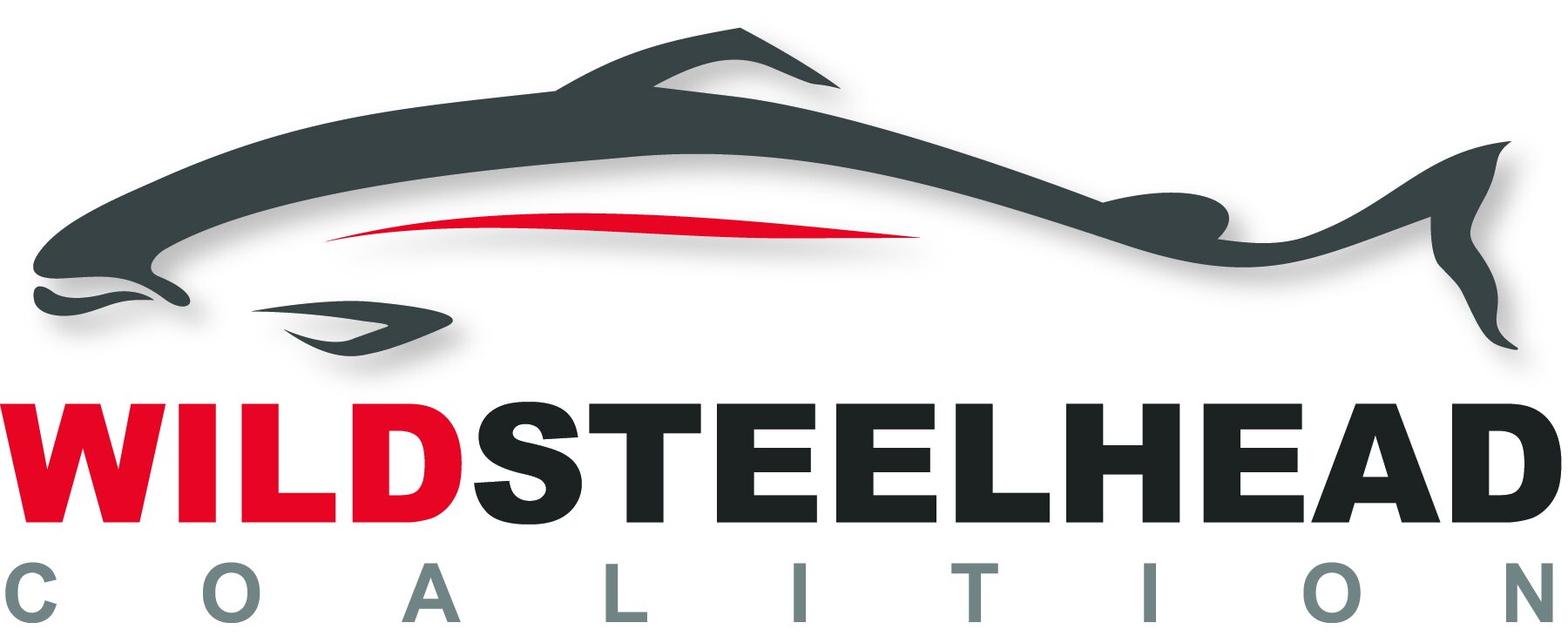Federal Hydropower Plan Once Again Fails Columbia Basin Salmon and Steelhead Recovery
or Immediate Release: March 3, 2020
Federal Hydropower Plan Once Again Fails Columbia Basin Salmon and Steelhead Recovery
SPOKANE, WA – Last week, federal agencies released their new Draft Environmental Impact Statement (DEIS) for the Columbia Basin Hydropower System. This plan was supposed to chart a path forward for salmon and steelhead recovery in the Columbia and Snake River watersheds. Instead, it cynically recommits to the expensive, failing management status quo by refusing to recommend breaching the four dams on the lower Snake River even though the report itself points to this critical act as one of the best opportunities for long-term recovery of endangered salmon and steelhead populations in the basin.
The Wild Steelhead Coalition (WSC) is frustrated by this short-sighted plan. It is simply a reiteration of the five previous federal plans that have all been rejected by the courts as inadequate. During upcoming public meetings and public comment period, our members will be expressing our deep disappointment in the lack of real, durable recovery efforts offered by the DEIS. Published soon after some of the worst salmon and steelhead returns on record, WSC fears the proposed plan is nothing but a path to extinction for these keystone species of the Pacific Northwest.
WSC board member Josh Mills sums up the sad state of affairs: “For decades, we’ve seen that the current management regime is failing salmon and steelhead in the Columbia and Snake Rivers. This is why a broad coalition of anglers, politicians, conservationists, NGOs, tribes, and river communities are asking why the four lower Snake River Dams are not seriously being considered for removal before it is too late. Our iconic fish can’t wait decades longer for viable solutions. I don’t want to have a conversation with my kids about why we didn’t do something to save salmon and steelhead when the answer was apparent the whole time.”
We are at a crucial juncture for salmon and steelhead in the Columbia and Snake watershed. In a warming world where these species face habitat loss, continued harvest pressures, changing ocean conditions, and predation by pinnipeds and non-native warmwater fish, among other factors, there is a growing consensus that it is time to finally consider the large systemic changes required to ensure salmon and steelhead thrive into the future. Reconsidering the utility and burden of the four dams on the Lower Snake River within the comprehensive hydropower system of the Columbia Basin is only reasonable given the mountain of scientific evidence demonstrating that it is an essential element for durable salmon and steelhead recovery. We know this large step in the right direction can be taken and that it can be a collaborative effort that supports the communities that depend on fish, irrigation and clean power.
We need a plan that supports real solutions, not one that doubles down on the failing policies of the past.
###
To learn more about WSC’s vision for the future of salmon and steelhead in the Columbia Basin, please refer to our December 2019 post: “The Clearwater Closure: A New Direction is Needed for Snake River Steelhead”

